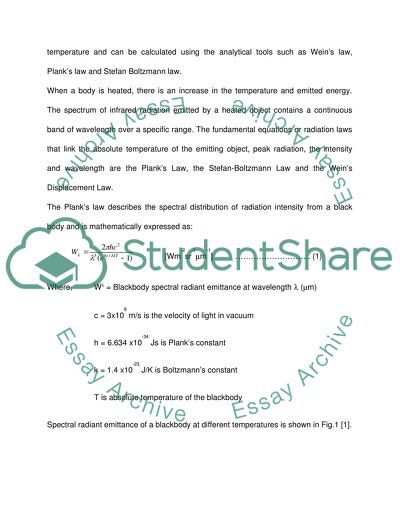Cite this document
(Non-Destructive Method of Thermal Imaging of a Surface Essay Example | Topics and Well Written Essays - 2000 words, n.d.)
Non-Destructive Method of Thermal Imaging of a Surface Essay Example | Topics and Well Written Essays - 2000 words. https://studentshare.org/environmental-studies/1411288-non-destructive-method-of-thermal-imaging-of-a-surface
Non-Destructive Method of Thermal Imaging of a Surface Essay Example | Topics and Well Written Essays - 2000 words. https://studentshare.org/environmental-studies/1411288-non-destructive-method-of-thermal-imaging-of-a-surface
(Non-Destructive Method of Thermal Imaging of a Surface Essay Example | Topics and Well Written Essays - 2000 Words)
Non-Destructive Method of Thermal Imaging of a Surface Essay Example | Topics and Well Written Essays - 2000 Words. https://studentshare.org/environmental-studies/1411288-non-destructive-method-of-thermal-imaging-of-a-surface.
Non-Destructive Method of Thermal Imaging of a Surface Essay Example | Topics and Well Written Essays - 2000 Words. https://studentshare.org/environmental-studies/1411288-non-destructive-method-of-thermal-imaging-of-a-surface.
“Non-Destructive Method of Thermal Imaging of a Surface Essay Example | Topics and Well Written Essays - 2000 Words”. https://studentshare.org/environmental-studies/1411288-non-destructive-method-of-thermal-imaging-of-a-surface.


